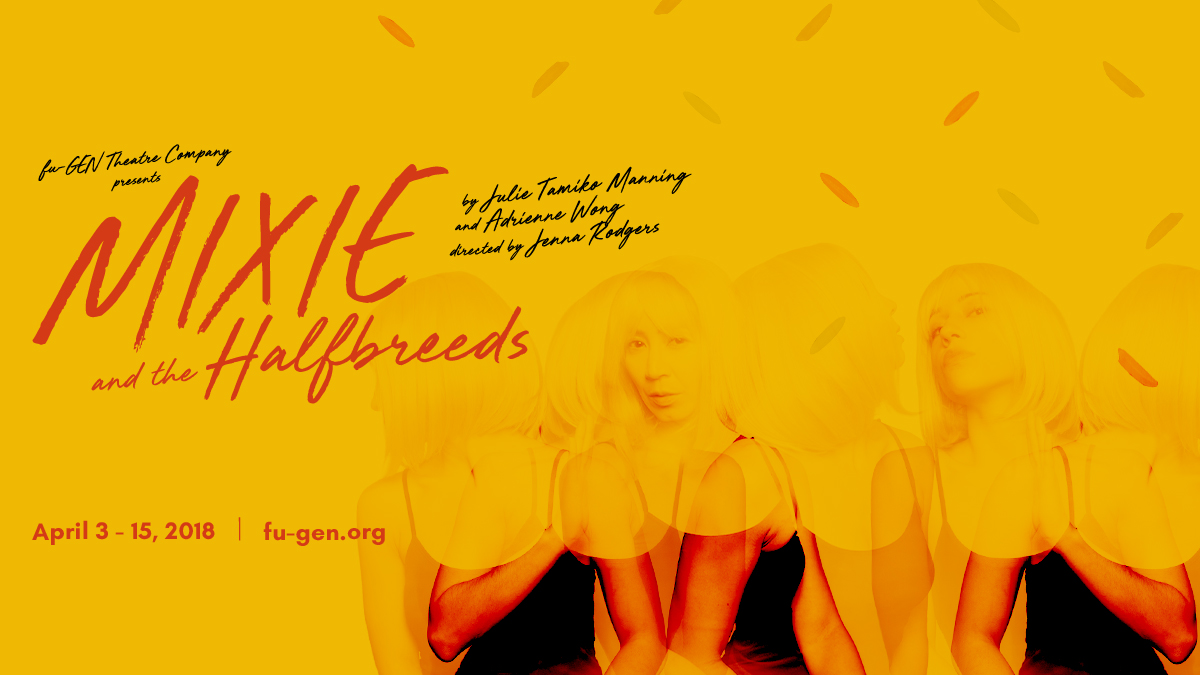Mixing up identity, race and culturePosted in Articles, Arts, Asian Diaspora, Canada, Media Archive on 2018-04-04 22:21Z by Steven |
Mixing up identity, race and culture
Now
Toronto, Ontario
2018-03-28
 Zoé Doyle (left) and Vanessa Trenton star in a new production of the groundbreaking play. |
MIXIE & THE HALF BREEDS written by Julie Tamiko Manning and Adrienne Wong, directed by Jenna Rodgers. Presented by fu-GEN Theatre Company at the Pia Bouman School for Ballet (6 Noble). Previews from Tuesday (April 3), opens April 5 and runs to April 15. $15-$35.
Growing up, Julie Tamiko Manning didn’t know many people who looked like her. Manning is half-Japanese and half-white, a hybrid identity that made her stick out in her hometown in the Eastern Townships of Quebec.
In the early 2000s, when Manning was in her 20s, she went to Vancouver for the first time and found herself working with a cast made up entirely of mixed race people. During that trip, she became friends with Adrienne Wong, a half-Chinese, half-white playwright and actor originally from Calgary and now based in Ottawa.
“Adrienne and I totally bonded over being mixies,” says Manning, who now lives in Montreal.
“No matter what the mix is, there’s a very similar experience that you have lived as a mixed race person.”
Like Manning, I’m half-Japanese and half-white, and I understand why she and Wong felt an immediate kinship. Mixed race people – or “mixies,” as some of us like to call ourselves – have a special, almost familial connection to one another. We can spot a fellow mixie from across a crowded streetcar or in the most minor roles in a movie. We can relate to strangers constantly asking us, “Where are you from? No, where are you really from?” or feeling culturally estranged from both sides of our identity.
These ideas of identity, race and culture in Canadian society are explored in Manning and Wong’s comedic, fantastical play, Mixie & The Half Breeds, which follows the burgeoning friendship of two mixed race women who couldn’t be more different…
Read the entire article here.





/arc-anglerfish-tgam-prod-tgam.s3.amazonaws.com/public/SQVOHPW3ABASBBGVH3T5AXF7ZE)


